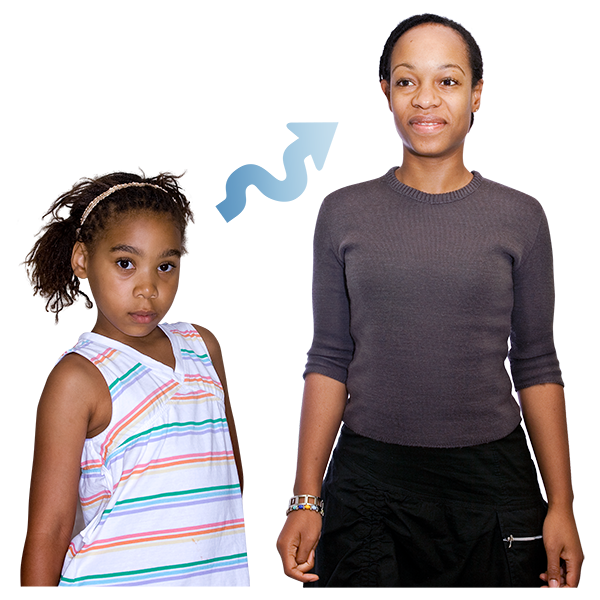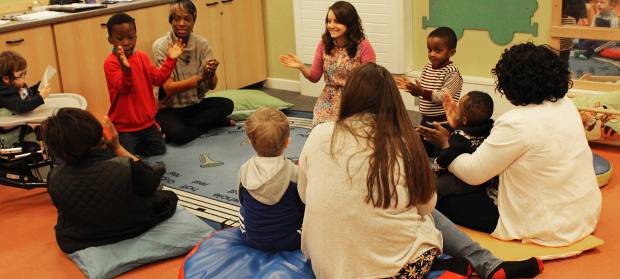Storytellers from Bags of Ability regularly run sensory storytelling training for professionals in primary schools and early years’ settings.
We’d like to share some of that training with any professionals who are interested in running their own sensory storytelling groups.
In Bags of Ability sessions, the sensory stories are told alongside of a range of other activities designed to support communication and language development. Activities and stories are differentiated depending on the needs of the group; the general structure stays the same.
We work with a
maximum
 Maximum means the highest amount, or greatest value that something can be.
of 8 students aged 2-7 years’ old who need some support with developing communication skills.
Maximum means the highest amount, or greatest value that something can be.
of 8 students aged 2-7 years’ old who need some support with developing communication skills.
We use a visual timetable with a picture for each activity.
Here is an example of the structure of a 30 to 45 minute Bags of Ability session:
- Hello song: Develops social communication skills, chance to settle, repetition.
- Circle time: Games/activities that build attention and listening skills, anticipation, turn taking, cooperation, social communication.
- Sensory story: repeated for at least 6 weeks to develop turn taking, confidence with handling props, learning vocabulary and concepts, signing of key words.
- Songs: Choice making, actions, rhyming, repetition.
- Optional: What’s in the bag: Develops anticipation, following instructions,
independence
 Independence means doing things on your own. Making your own choices.
and exploration as well as concepts and prepositions.
Independence means doing things on your own. Making your own choices.
and exploration as well as concepts and prepositions. - Optional: 2nd Sensory story: depending on the group this can be a different story every week to maintain excitement and introduce new vocabulary.
- Goodbye song: Social communication, calming, time to process that activity has finished, preparation for
transition
 Transition means changing from one thing to another. Transition sometimes means things like when you change from having children's social care to adult social care.
.
Transition means changing from one thing to another. Transition sometimes means things like when you change from having children's social care to adult social care.
.
Here are some top tips to make sure you are ready to tell your sensory story:
- Choose your story, it could be a children’s book, a well known oral or original story.
- Break down the story into 6-10 key moments. If it’s from a book you may need to simplify the language and leave out some pages.
- Decide what will happen for each moment - remember to try and engage a range of senses by using props you can hear, see, touch, even smell and taste. Don’t forget to use yourself as the storyteller- use action, sounds and facial expressions.
- Get all your props and resources ready making sure you are confident they are suitable.
- Practice saying the story out loud and handling the props a few times before telling it in a group.
When you are telling a sensory story there are four things you can do to help the children in your group engage:
- Be expressive and encourage listeners to take an active roll and join in with actions.
- Be consistent in how you tell the story. This will help you keep track on the responses of the listeners.
- Repeat the same story and once the listeners know it well you can leave gaps for the key works and encourage them to say or sign the word.
- Have fun. If you are enjoying the story so will they!
